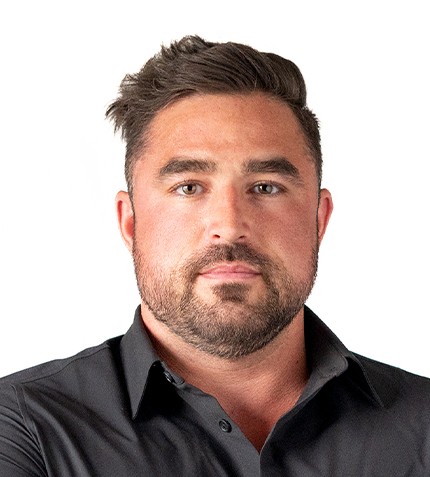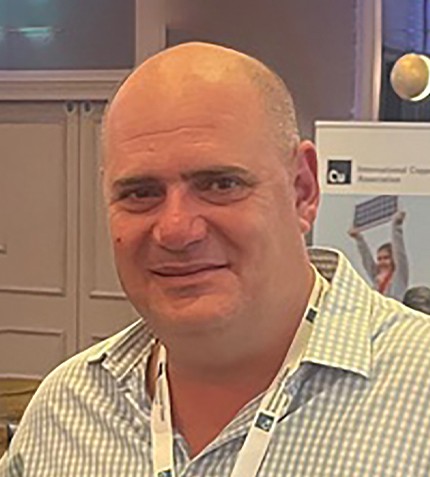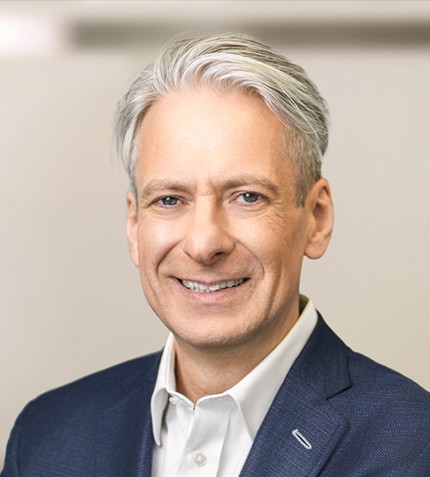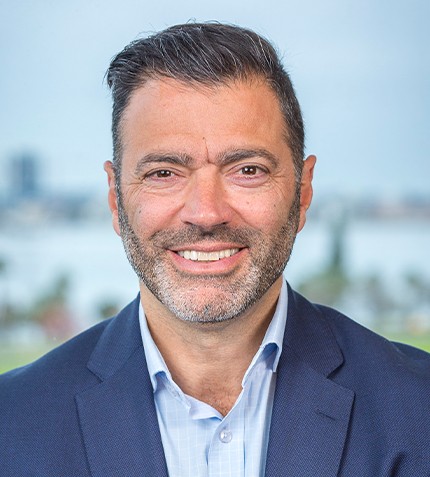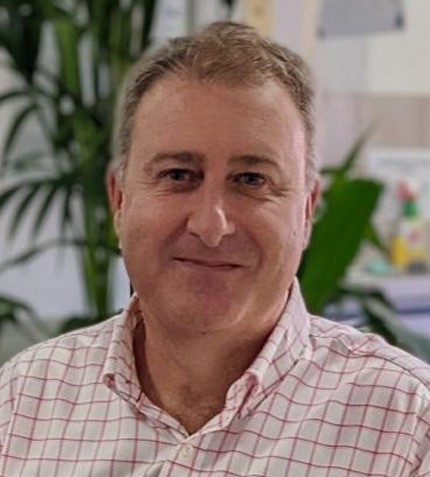
"The local talent in mining engineers, tailing engineers, and hydrogeologists in Peru is fantastic and we believe we can deploy this talent on projects right across our project portfolio."
Darren Watt
CEO & SENIOR PRINCIPAL ENGINEER, ATC WILLIAMS
Can you provide an overview of ATC Williams and the company’s presence in the Peruvian mining industry?
ATC Williams entered the Peruvian market in 2014 during development of the Las Bambas Project, and our work entailed the design and management of the tailings facilities and downstream water management dam facilities. We have continued providing this range of services to the mine and have added local construction management, construction supervision, and technical support. Overall, our services in Peru have been focused on the Engineer of Record and governance services, which we have delivered mostly from our Melbourne office with our support team in Lima.
Could you elaborate on ATC Williams’ approach to tailings management?
We pride ourselves on offering an integrated and holistic approach to tailings management, so that when we make recommendations for the design or governance of tailings facilities, it is not just a design in isolation, but our advice also considers slurry management, process water balance, the complex interactions between surface and ground water, and operational considerations. Thanks to this approach, we believe we not only can offer clients engineering and design solutions, but through our governance services help our clients understand their risk profile and hence make evidence and risk based decisions on their projects. This approach ultimately supports our clients social license to operate.
How is ATC Williams dealing with increasing competition in the market?
Our competitive value proposition to our clients in not based on price. We focus on giving our clients access to our collective technical excellence and depth of skills in our team along with a commitment to a partnering mindset with our client. ATC Williams has over 40 years of experience and our private ownership model helps us achieve very low staff turnover rates with over 40% of our staff owning shares in our company. We believe this long continuity of staff employment allows us to deliver ongoing excellence to our clients and a commitment to our clients’ projects that many larger and publicly owned consultancies cannot achieve.
Do you think that events like the Brumadinho disaster have changed mining companies’ approach to tailings?
Tailings facility disasters have highlighted the importance of third-party independent review and a holistic understanding of all the factors that contribute to the long term integrity of such structures. Independent questioning that comes from a third party reviewer who is not invested in the design of a project can add enormous rigor to any design. I have always believed we perform better in a team when we can constructively challenge our design concepts and elements. Formalizing these considerations in the recently release GISTM is a major step forward in embracing this best practice approach.
What is ATC Williams’ growth strategy in Peru?
We want to ensure that our growth stays true around integrated tailings management and mine water management and waste. Our strategy is to grow from a project office in Lima with a team of five people to a full local office servicing Peru and South American markets across multiple project and service lines. The local talent in mining engineers, tailing engineers, and hydrogeologists in Peru is fantastic and we believe we can deploy this talent on projects right across our project portfolio. As said earlier, we have a long history of working collaboratively with consulting partners and we will be considering this on our expansion plans.
Considering the current political environment, how do you approach investing in a country like Peru?
As a consulting company, when we talk about investing in Peru, we are talking about investing in people and relationships. Growing our team in Peru is seen as an opportunity to access great people and expand our client relationships in Peru through offering a wider range of services.
Today, there is a global shortage of skilled engineers and scientists, which is not going away in the next 10 years. We have seen a passion for ongoing education in Peruvian engineers and we strongly want to support our people in their ambitions. We aim to tie further education into a secure job that has a global outlook, which will differentiate us from many of our competitors.




